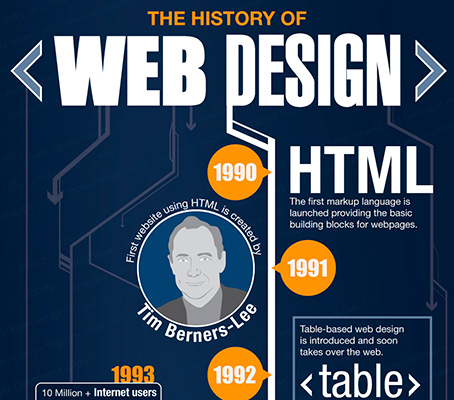Essential Facets Of Web Design: Standards For Developing A User-Centric Website
Essential Facets Of Web Design: Standards For Developing A User-Centric Website
Blog Article
Composed By-Hovmand Neville
When it pertains to internet site design, guaranteeing user-friendliness is key. From responsive design to streamlined navigation, every component plays an important role in producing a website that satisfies your target market's needs. However what regarding the better information that can make or damage an individual's browsing experience? Stay tuned as Suggested Resource site discover some often-overlooked pointers that can boost your website's functionality to the next level, making it truly attract attention in the digital landscape.
Relevance of Responsive Style
Receptive design is a crucial facet of modern internet site development. Guaranteeing your web site is receptive ways that it can adapt to different display dimensions and gadgets, offering a seamless experience for users.
With the increasing use of smart devices and tablet computers to access the internet, having a responsive style is necessary for reaching a larger target market. website design cost assists in boosting customer experience by making your web site very easy to browse and read on any kind of tool.
In addition, responsive design can favorably affect your search engine rankings, as online search engine like Google focus on mobile-friendly web sites. By having a receptive layout, you're also future-proofing your internet site, as brand-new devices with differing screen dimensions remain to arise.
Simplify Navigating Structure
To boost user experience and assist in easy access to details on your site, simplifying the navigation framework is critical. When making your site, focus on producing a clear and instinctive navigating food selection that assists site visitors discover what they're seeking swiftly.
Limit the number of food selection things to the fundamentals, organizing relevant web pages with each other to stay clear of frustrating customers. Usage descriptive labels that clearly suggest the web content of each page, making it easier for individuals to recognize where each web link will take them.
Think about carrying out dropdown menus for subcategories to avoid jumbling the main navigating bar. In click the up coming article , include a search bar prominently on the page for users that like searching for particular information.
Prioritize mobile responsiveness in your navigating layout to ensure easy accessibility on all tools.
Enhance Web Page Lots Speed
Improving page tons rate is vital for keeping visitors on your web site. Slow-loading web pages annoy individuals and can result in high bounce rates. To maximize web page load speed, begin by enhancing images. Compress images without compromising quality to reduce their documents dimensions.
Furthermore, enable internet browser caching to keep regularly accessed sources in your area, quickening load times for returning visitors. Minify CSS, JavaScript, and HTML documents by getting rid of unnecessary characters, remarks, and formatting, improving load speed.
Consider utilizing a material distribution network (CDN) to disperse your internet site's material across numerous servers worldwide, decreasing latency for users accessing your site from different areas. Last but not least, restrict using third-party manuscripts and plugins, as they can substantially impact load times.
Conclusion
In conclusion, by incorporating responsive design, simplifying navigation, and enhancing web page lots rate, you can produce an easy to use web site that appeals to a broader target market and enhances individual experience. These essential elements ensure that site visitors can conveniently accessibility and browse your site across various gadgets, leading to enhanced interaction and complete satisfaction. By concentrating on these essential facets, you can develop a successful site that maintains individuals coming back for even more.
